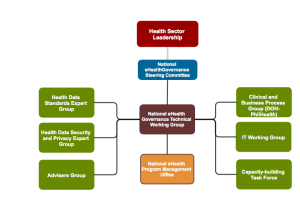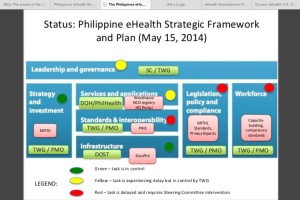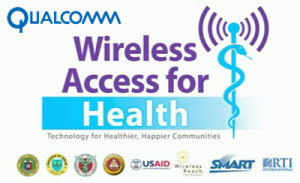
Task 6 #MSMHI #HI201: Managing the Complexity of a National Health Information System PH
This week’s driving question: If a hospital information system in one facility is a complex process by itself, how much more complex will a national health information system be? How can government manage this complexity?
There is not doubt that the complexity of the national health information system, in this case, the Philippines is formidable. Data sources come from different sites, sources, platforms. The sources of information include the health centres, field reports, regional health units, the Field Health Services and Information System, Surveillance in Post Extreme Emergencies and Disasters (SPEED), Philippine Health Insurance Corporation databases (includes patient (client), provider, procedure, terminology and even payment registry), the National Institute of Health, the Philippine Health Information Network, Philippine Network for Injury Data Management System, the ICT4H networks among many others.

How does a country manage these data complexity? It starts with setting our goals, identifying our objectives, having the right mix of health sector champions and a driven technical group espousing “two concepts”: Information Technology (IT) Governance, and Enterprise Architecture. IT governance takes care of seven key components for successful national eHealth Strategy–(1) leadership and governance, (2) strategy and investment, (3) Services and applications, (4) Standards and interoperability, (5) Infrastructure, (6) Human resources, and (7) eHealth Solutions (information sources, delivery of services, information flows).
To date, the Philippines has already has two versions of a Philippine eHealth Strategic Framework and Plan, the latest of which is published in 2014, for 2014-2020, a manual that contains our dreams, our goals, our achievements, our assignments, as patient, citizen, health care provider, as a stakeholder in our own health system.

It should not stop with knowing IT governance and creating an enterprise architecture. The government should follow through, defining standards for interoperability, implement capacity-building programs, create services and applications based on these standards, and create a compliance and monitoring system for the whole enterprise to fly high. (3)

In the end, the challenge is not answering HOW to manage this complexity, but rather HOW to implement, sustain and improve on management of the challenges presented by the complex health system that is the Philippines.
References:
1. Philippines eHealth Strategic Framework and Plan 2014-2020.
2. WHO-ITU Toolkit. http://www.searo.who.int/entity/health_situation_trends/documents/full_version_national_ehealth_toolkit.pdf
3. Marcelo A. The Philippines eHealth Strategic Framework and Plan: The Story of its Evolution. Last modified Sep 24, 2014. http://ehealth.atlassian.net

